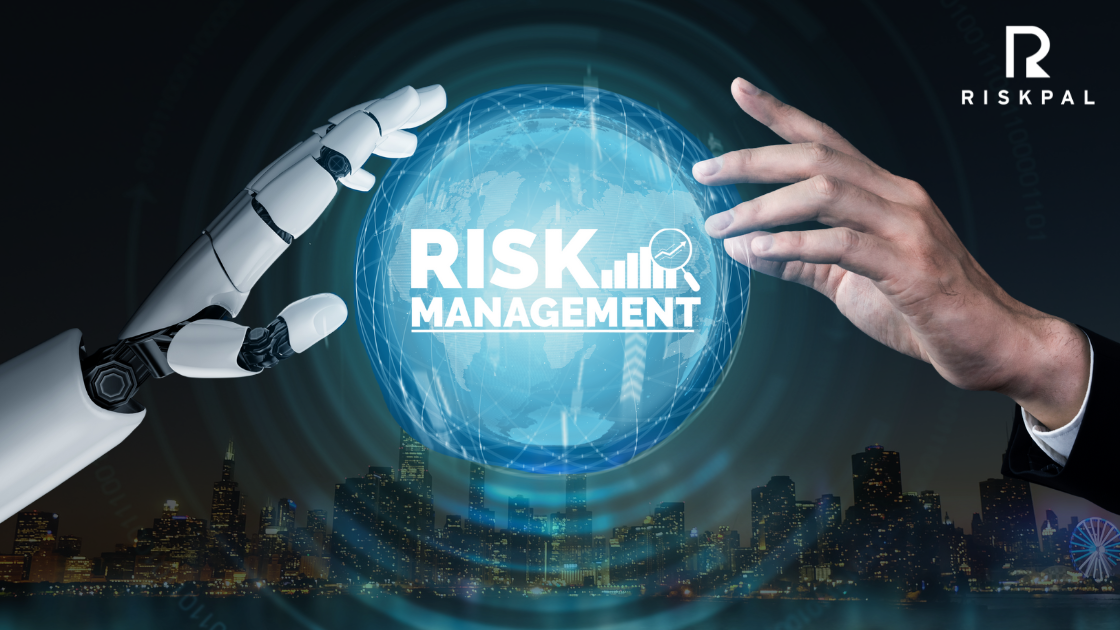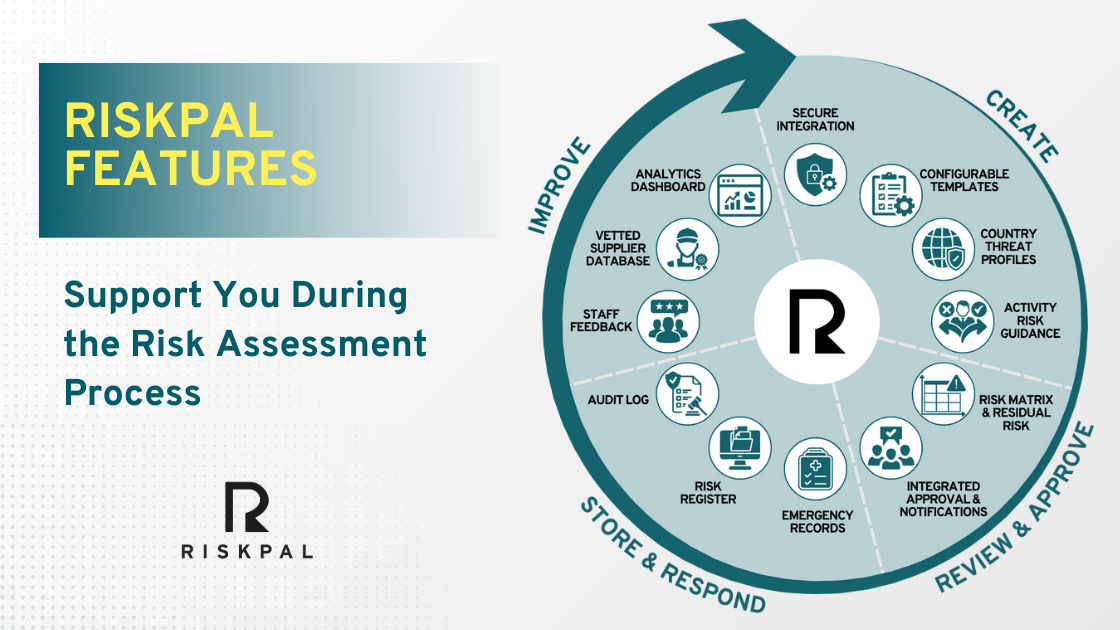The Value of Dynamic Risk Assessment
Mike Tyson famously said, “Everyone has a plan until they get punched in the mouth.” This blunt truth about planning and adversity resonates far beyond the boxing ring. In today’s complex and fast-changing environments, it cuts to the heart of what effective risk management really means.
Plans are essential—that’s not the question. But having a plan is only half the battle. The real test is what happens once operational realities hit with full force and the original plan is no longer enough. That’s where dynamic risk assessments come in — the ability to recognise changing conditions, weigh options quickly, and make the safest possible decision in the moment.
At RiskPal, we embrace this truth. Risk assessment is never static. It evolves with the shifting contexts that teams face in the field, the office, or during travel. The ability to perceive change, adjust, and communicate those changes in real time defines successful risk management.
Planning Is Just the Beginning
Planning provides structure, shared understanding, and clarity on hazards, controls, and contingencies. Without it, teams rely purely on instinct—rarely a sustainable strategy for safety.
But as Tyson’s quote reminds us, no plan survives first contact with reality. The moment operations begin – whether a project, field assignment, or event – conditions will change. The ability to adapt quickly and intelligently separates resilient teams from reactive ones.
What is a Dynamic Risk Assessment?
In simple terms, a dynamic risk assessment is a quick, on-the-spot evaluation of risks when conditions change unexpectedly. Unlike a pre-prepared, formal risk assessment, a dynamic assessment happens in real time, empowering individuals and teams to make informed decisions that protect people, assets, and objectives.
Think of it as reading the situation: recognising new hazards, reassessing controls, and taking immediate action to mitigate danger.

How to Conduct a Dynamic Risk Assessment?
This moment of “getting punched in the mouth” needs a calm, informed, adaptable response—not panic or making it up on the fly. Dynamic risk assessments are not improvised guesswork; they are structured, fast, and focused. The aim is not to rewrite your plan with every shift but to embed flexibility and real-time responsiveness into your risk process.
Here’s how we recommend approaching a dynamic risk assessment:
- Pause and observe – Take a moment to reassess the environment and spot changes.
- Identify new risks – Spot new hazards or evolving threats not covered in the original risk assessment.
- Evaluate options – Consider the safest and most practical course of action and weigh the potential consequences.
- Decide and act – Implement the safest option quickly.
- Communicate and record – Inform everyone affected and update the plan accordingly.
Where possible, record the changes in writing – ideally by updating the original risk assessment. This ensures:
- Compliance and accountability: A documented update demonstrates due diligence and creates a paper trail for regulatory or audit purposes.
- Enhanced safety and awareness: Sharing updates helps others understand evolving conditions, reducing the likelihood of repeated mistakes.
Approval should depend on the urgency of the situation. In fast-moving scenarios, staff must be empowered to act without delay. But where time allows, notifying managers or colleagues strengthens oversight and promotes consistency.
Dynamic risk assessments work best when they are treated as living documents, not mental checklists.
The Role of Communication in Dynamic Risk Management
Clear, rapid communication is essential for maintaining alignment when conditions change. Whether in a newsroom, research expedition, university field trip, or corporate operation, everyone needs to understand the “new normal.”
- Effective systems for dynamic risk management include:
- Empowering on-the-ground decision-makers to act.
- Using secure digital platforms for quick updates and shared visibility.
- Documenting changes transparently for accountability and future learning.
Building a Culture of Dynamic Risk Awareness
Embedding dynamic risk management isn’t just procedural—it’s cultural. Many organisations treat risk assessment as a compliance checkbox. True resilience comes when teams view it as a continuous, adaptive process.
To cultivate that culture:
- Train staff to think in scenarios and respond to change.
- Encourage open communication about emerging risks.
- Integrating ongoing risk reviews during ongoing operations.
- Viewing risk assessment as a living process, not a one-time event.
Over time, teams develop the confidence to manage uncertainty proactively rather than reactively.
Why This Matters at RiskPal
At RiskPal, we design tools that enable organisations to embed this mindset into their daily operations. Our platform supports continuous risk updates, transparent communication, and a consistent approach to managing change – bridging the gap between planning and real-world execution.
Dynamic risk management is about preparing for the inevitable knockouts and knowing how to respond smartly when they come. As the Royal Marines say, “Improvise, adapt, overcome.” That’s the essence of modern risk management – and the principle RiskPal helps organisations put into practice every day.



